On February 2, 2020, the China Biodiversity Conservation and Green Development Foundation (CBCGDF)’s China Conservation Area for Great Bustard at Jinzhou (CCAfa) team discovered during the first daily patrol process after the Chinese New Year that the core area of the conservation area and the farmland in Binhai New Area were burned out. The land was almost completely burned by fire and turned charcoal black. There is a daily feeding spot for wintering great bustards and grey cranes. These birds feed on corn, peanuts and ears of rice in the field for the cold winter.
“This year, large areas of farmland have been burned out, which will greatly affect their foraging. In previous years, they will also be burned out, but they only started around March. At that time, the great bustards and gray cranes have already migrated.” Yu Lian, the director of this CCAfa site told CBCGDF. “Now the farmland is burned out, the number of great bustards is small, and the impact is not big, but the impact on more than 5,000 gray cranes is very large. They don’t have enough food to go through this period of time.”
Great bustard is one of the largest flying birds in the world, and it is a national first-level protected animal. In recent years, the number has become rather scarce, and it is estimated that the total number is only 300 to 400 at present. The gray crane, as a national second-level key protected wild animal, stays in Jinzhou Bay for wintering during the migration from March to April of the following year. With the improvement of the environment, the number of grey cranes that spend winter in Jinzhou is increasing. This year, more than 5,000 grey cranes have stayed in winter.
Director Yu said, “Jinzhou has done a lot of work for bird protection. I don’t know why it was burned out in advance this time, but in my opinion, it is very unscientific. It is not friendly to migratory birds such as great bustards and grey cranes, at least it should be burned after they migrate and fly away. 5,000 grey cranes have already run out of food, so I hope that the relevant departments will provide a certain amount of supplementary feeding to help the grey cranes survive this difficult period. In three weeks, the grey cranes will be able to feed on mollusks from the beaches.”
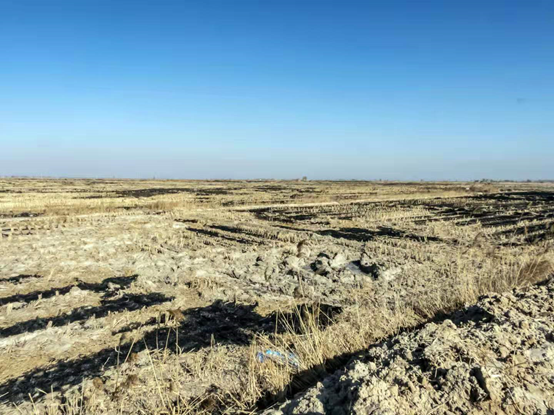
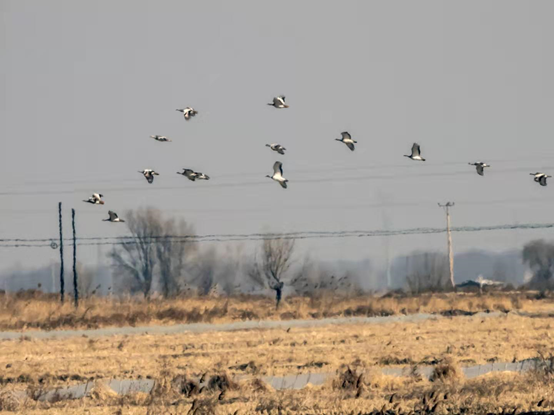
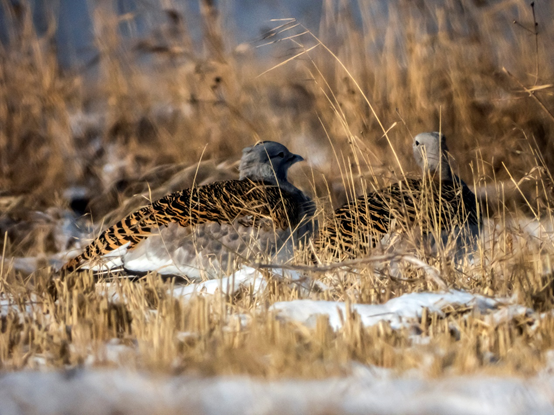
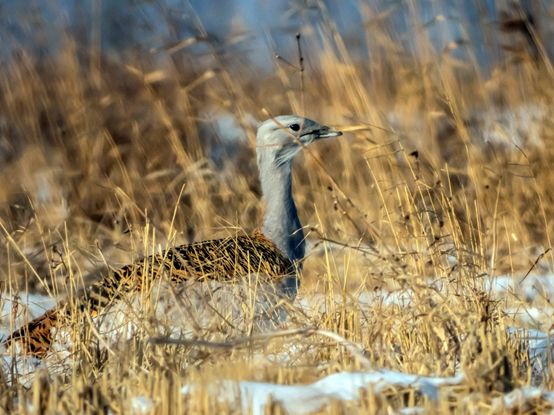
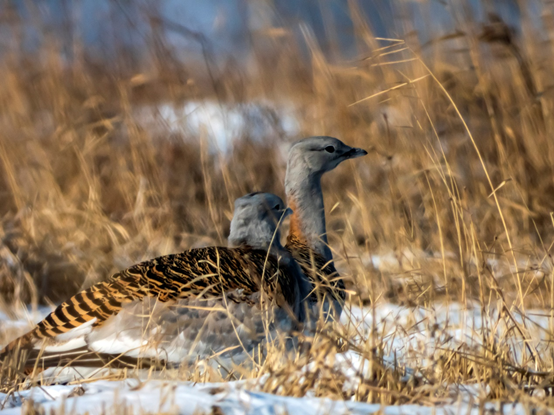
(Photo credit: Yu Lian)

CBCGDF's letter to the relevant department (Photo credit: CBCGDF)
https://www.paypal.me/CBCGDFChina
By / Maggie
